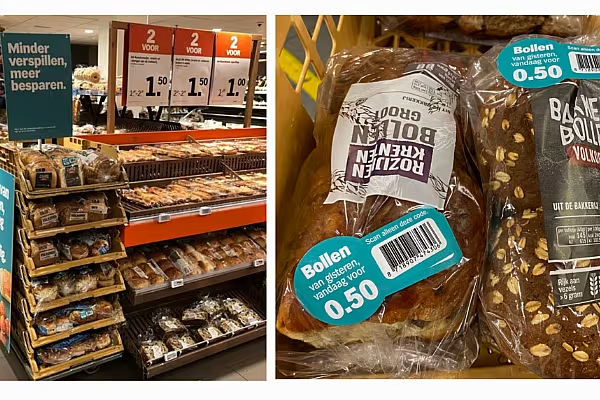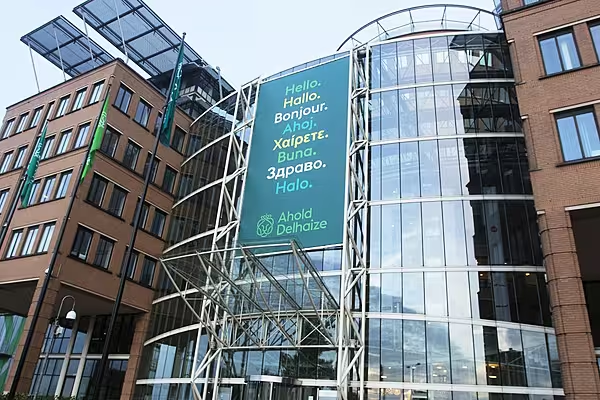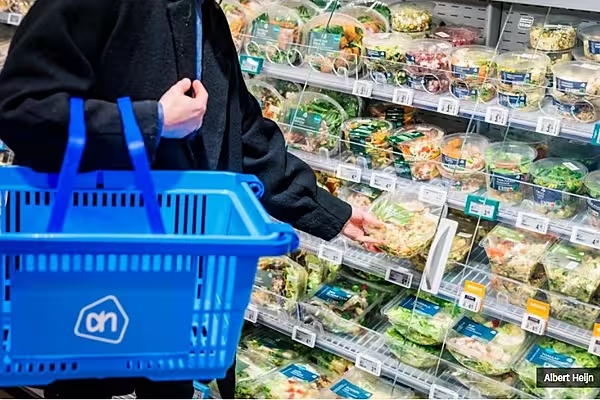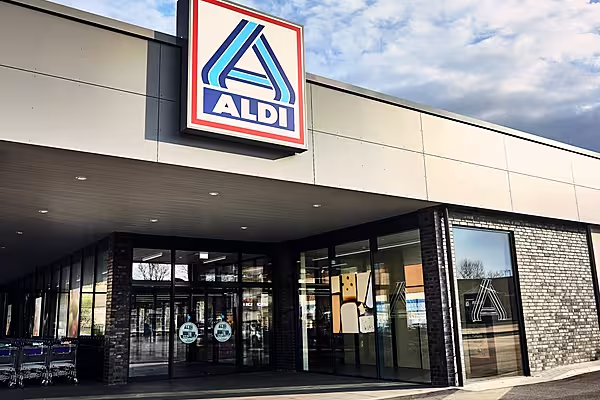Dutch retailer Albert Heijn has launched a trial aimed at reducing food waste in 10 Albert Heijn stores in the Rotterdam region called 'Bread of Yesterday'.
The trial will see the retailer sell bread that arrived fresh to its stores the day before but was not sold on the same day, at a reduced rate until 11:00 hours.
Food Waste
The food waste study by Wageningen University & Research (WUR) shows that relatively much is wasted in the bread and pastry category – an important reason for starting the 'Bread from Yesterday' pilot.
Albert Heijn estimates that slightly more than 1% of the products that it purchases do not end up on the customer's plate.
The retailer aims to minimise waste in the chain and has implemented several measures, including the sales of non-standard courgettes and carrots as 'Misfits'.
In 2020, Albert Heijn donated 4.2 million products to Food Banks Netherlands.
The chain has also joined the foundation 'Samen Tegen Verspilling' to collaborate with other food retailers, suppliers, and research institutes to reduce food waste in the Netherlands by half by 2030.
Waste Prevention
Alongside efforts to reduce food waste, Albert Heijn has a number of strategies to prevent food expiry.
To begin with, it purchases products as smartly as possible, working with a smart ordering system, in which the offer is automatically adjusted to the expected sales.
The retailer introduced dry misting technology in its stores since 2019. Dry misting keeps fruit and vegetables at the right temperature by refined atomisation of water, allowing items to stay fresh for longer and of good quality.
The retailer also runs a discount scheme that is linked to the barcode of the product.
The discount percentage can be seen on the electronic price label once customers scan the product.
The system works with an algorithm that looks at the stock in the store and the date of that day in combination with the expected sale.
Based on this, the algorithm calculates the discount percentage, which generally gets higher as the day goes by, ranging from 25% to 40% and up to 70% off.
© 2021 European Supermarket Magazine. Article by Conor Farrelly. For more Retail news, click here. Click subscribe to sign up to ESM: European Supermarket Magazine.














